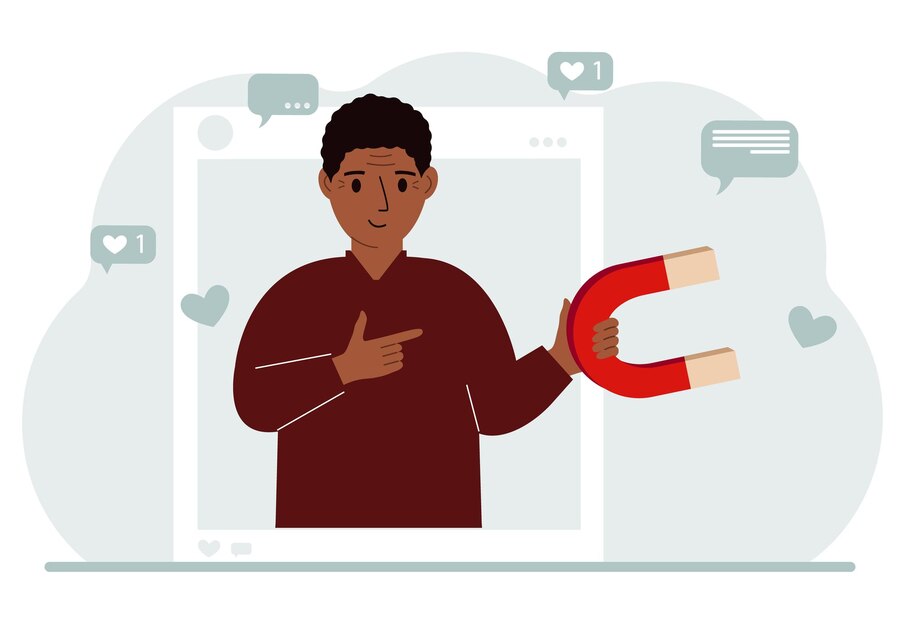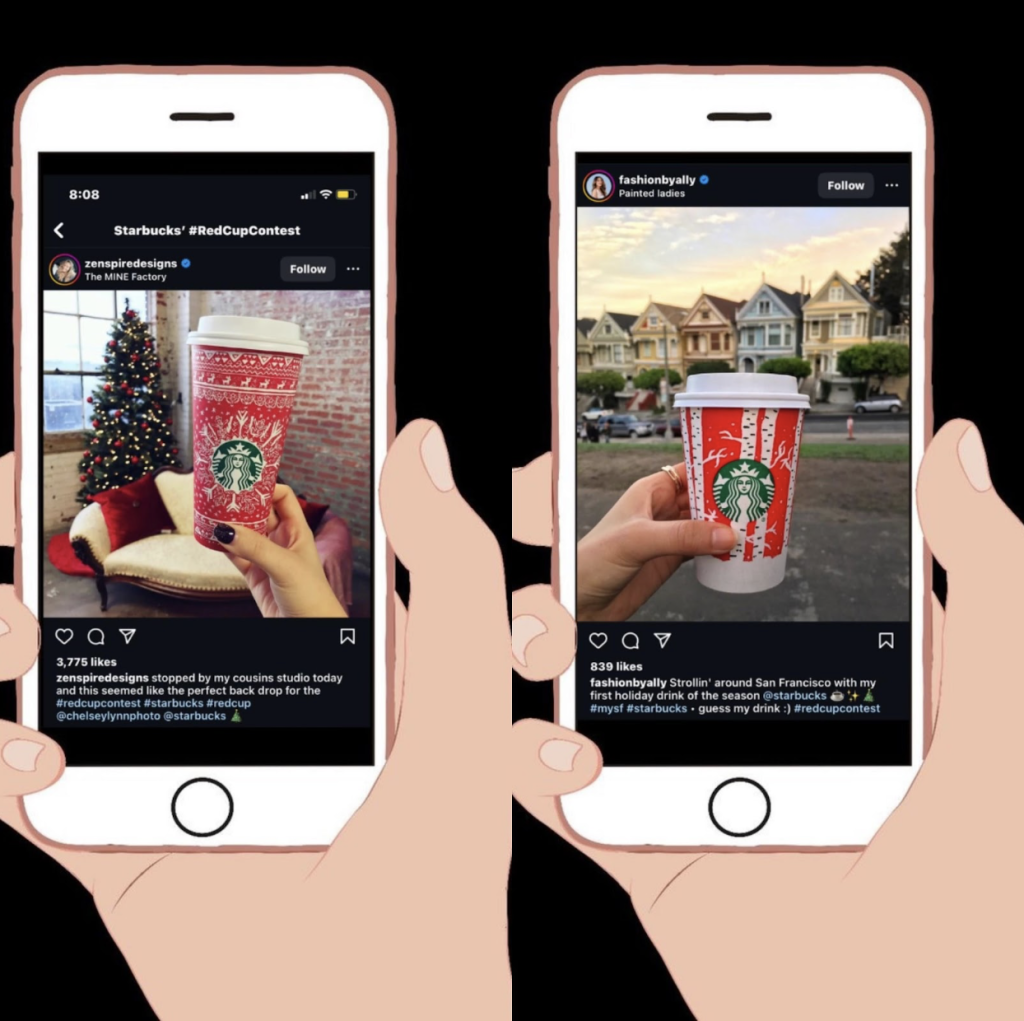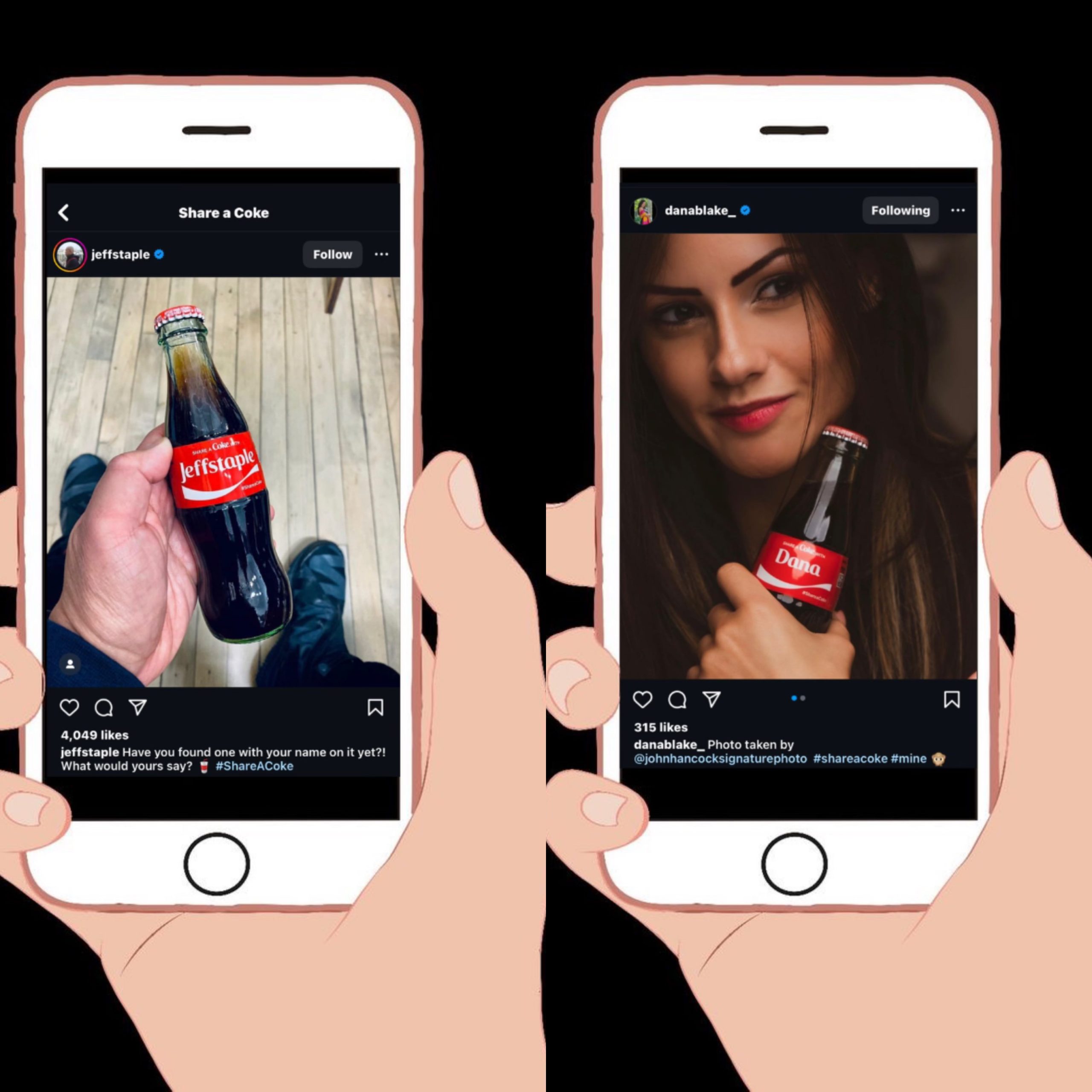As a small business owner, you already know that your customers are the key to your success. Happy customers not only return for repeat business, but they also become brand ambassadors, spreading the word about your products or services to their friends and family.
One of the most powerful forms of word-of-mouth marketing is user-generated content (UGC), where customers take their time to create and share their reviews, testimonials, or social media posts about your brand.
It’s no secret that this type of content can have a significant impact on potential customers; in fact, studies show that 87% of people are more likely to trust and be influenced by reviews written by other customers than traditional advertising.
Therefore, this article will explore UGC benefits. It will cover its essence and future trends in 2024. It will also discuss strategies for using it.
Understanding User-Generated Content
You might have come across the term “User-Generated Content,” often abbreviated as UGC. But what exactly does it mean?
Simply put, user-generated content refers to any content—like images, videos, reviews, or social media posts—that is created by your customers. It’s like free advertising that your customers provide by sharing their experiences with your brand!
Why UGC Matters
The significance of UGC cannot be overstated. With many consumers checking peer reviews before buying, UGC is a powerful tool for influencing their choices. Here are several benefits of leveraging UGC in your marketing strategy:
Enhanced authenticity:
Content created by real users feels more genuine than traditional advertising. When potential customers see real people using a product, it makes the brand seem more trustworthy.
Increased engagement:
People enjoy sharing their experiences. When brands encourage this, it builds a sense of community. Customers are more likely to engage with a brand that values their input.
Cost-effectiveness:
User-generated content marketing reduces content creation expenses by a significant amount. Instead of spending resources on professional photoshoots and marketing campaigns, brands can curate content for their users.
Better reach:
When users share content featuring your brand, they promote your products to their followers. This leads to a wider organic reach.
Top UGC methods for 2024
Now that we understand the importance of UGC, let’s delve into some effective UGC strategies that brands can implement in 2024 to encourage and harness user-generated content.
Create a hashtag campaign:
One of the best ways to encourage UGC is by creating a unique hashtag associated with your brand. For example, Coca-Cola’s #ShareaCoke campaign urged users to share photos of personalized Coke bottles.
Host contests and giveaways:
People love to win prizes! Contests for user-generated content can generate a lot of UGC. Ask for photos, videos, or stories featuring your products, and in exchange, they will win a gift.
This tactic not only generates buzz but also engages consumers on a personal level.
Leverage customer reviews and testimonials:
User reviews are a goldmine for UGC. Encouraging happy customers to leave reviews can boost credibility.
Brands can also feature user testimonials in their marketing materials. For example, a skincare company can collect users’ before-and-after photos. Then post them on their social media page.
Leverage social media influencers
Collaborating with social media influencers can also enhance UGC efforts. Influencers have already established followings and can create authentic content around your brand.
However, it’s essential to choose influencers whose values align with your brand to ensure the content feels genuine. A fitness brand may partner with enthusiasts. They want to show how their products fit an active lifestyle.
Trends to use for UGC in 2024
As we move further into 2024, there are several UGC trends that brands should keep an eye on:
Video content dominance
With the rise of TikTok and Instagram Reels, more brands will invest in video-centric marketing campaigns to capture the attention of younger audiences.
Sustainability and social responsibility
Consumers care more about brands prioritising sustainability and social causes now. UGC campaigns that align with your mission-led content can enhance brand loyalty.
Live streaming and real-time sharing
The rise of live streaming has created opportunities for more spontaneous UGC. Brands can host live events where users can participate in real time. They can share experiences, ask questions, and create content.
Personalisation through UGC
With advancements in AI and data analytics, brands can use social media UGC to create personalised marketing experiences. Analysing user-generated data can lead to targeted campaigns that resonate with specific consumer segments.
Cross-channel integration:
Brands will integrate their UGC campaigns across multiple channels, including social media, email, SMS, and in-store experiences.
Examples of successful UGC campaigns
To illustrate these strategies further, let’s look at some successful UGC examples of campaigns that have left a lasting impact:
Starbucks’ #RedCupContest:
Every holiday season, Starbucks encourages customers to showcase their festive holiday cups through the hashtag #RedCupContest. This campaign inspires creativity and has led to a consistent influx of holiday-themed content that users share across their social platforms.
Coca-Cola’s “Share a Coke” Campaign:
Coca-Cola replaced its logo with popular names on its bottles. Users enthusiastically shared photos of their personalised drinks on social media, creating a massive UGC campaign that increased sales and brand visibility.
Best practices for content engagement
To get the most out of user-created content, brands should follow these best practices for UGC engagement:
- Be authentic: Authenticity is key to successful UGC. Brands should encourage genuine participation rather than overly polished content.
- Showcase UGC: Regularly featuring user-generated content on your social channels not only acknowledges the contributions of your customers but also encourages more users to share.
- Encourage creativity: Give users the freedom to express their perspectives creatively. Provide guidelines, but don’t limit their creativity.
- Interact with users: Responding to UGC by liking, commenting, and sharing shows users that their content matters.
The Bottomline
With authenticity at the forefront of consumer expectations, embracing user-generated content is not just a trend; it’s a vital marketing strategy that can lead to long-lasting relationships between brands and their audiences.
So, to get good results, always ensure to encourage your users to share their experiences, and watch your brand thrive in the year to come











